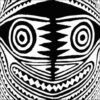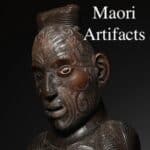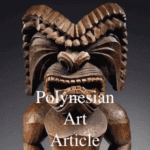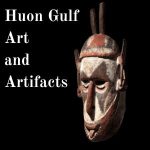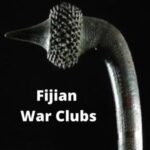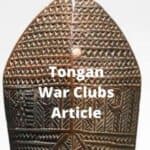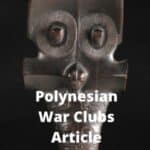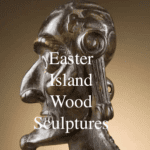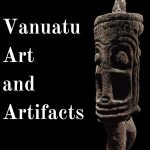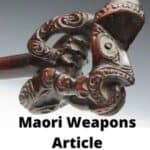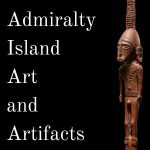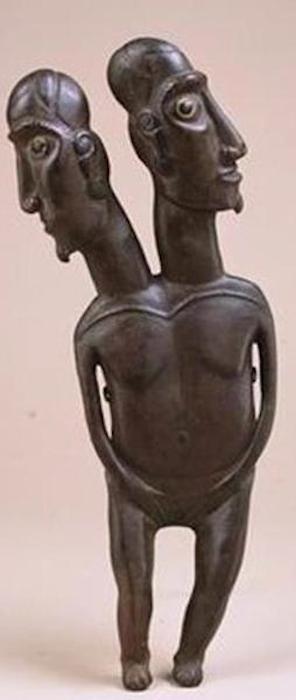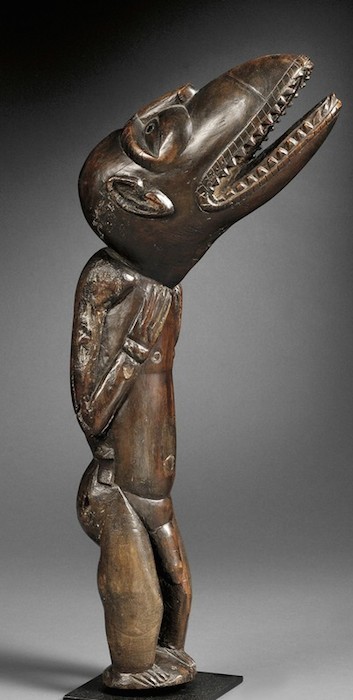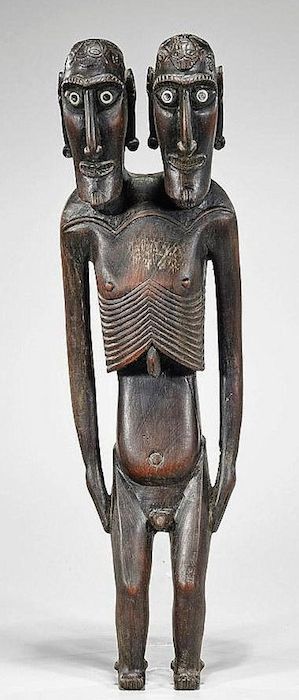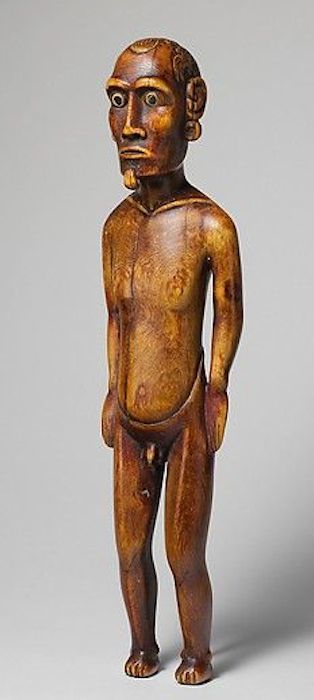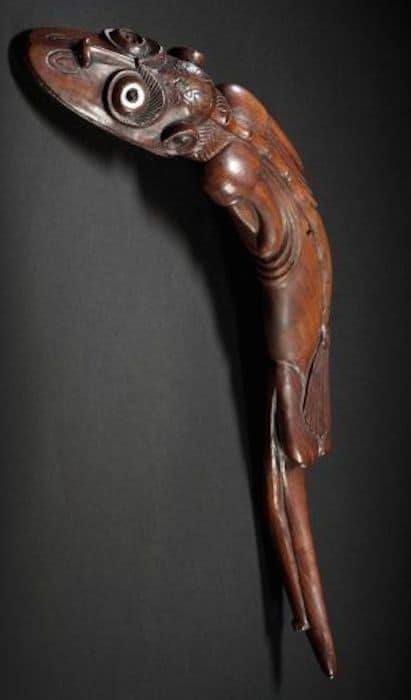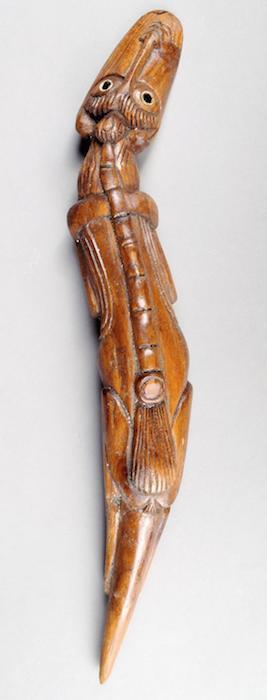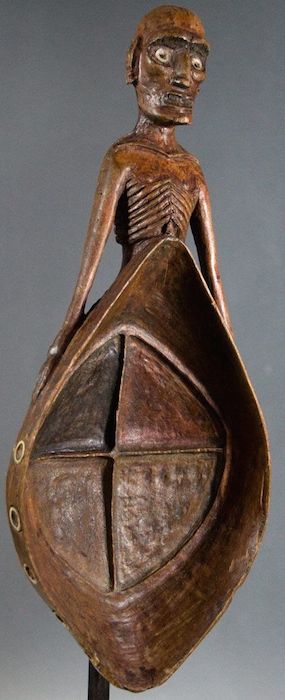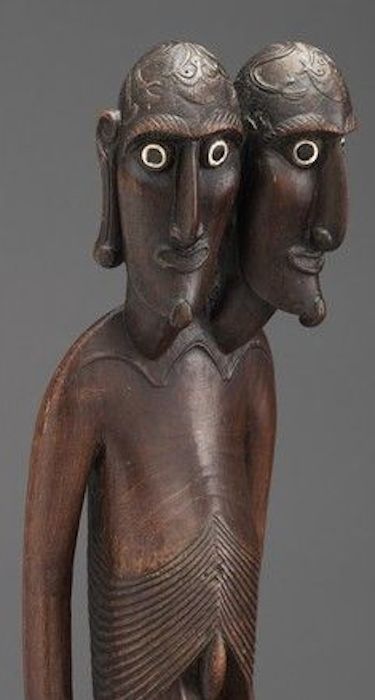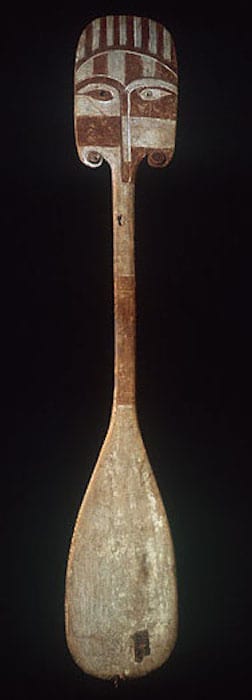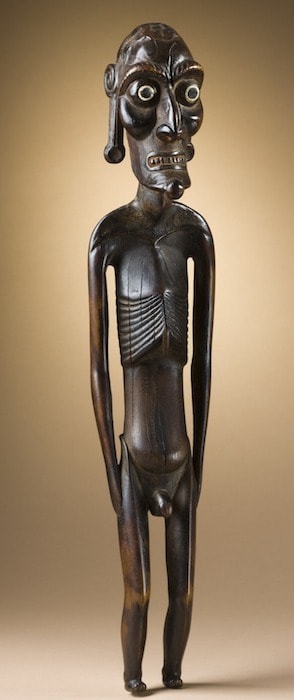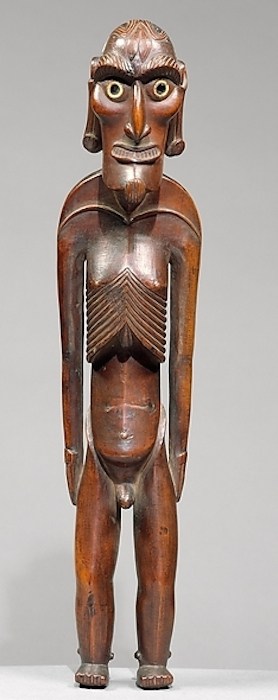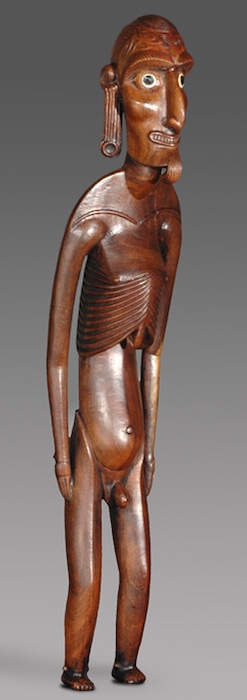Easter Island Wooden Sculpture
Easter Island is best known for its massive stone sculpture. There are, however, a whole variety of small traditional Easter Island wooden sculpture many people do not know about. It is these small Easter Island wooden sculptures that this article is about.
These small Easter island sculptures are superb artworks in their own right. Old examples are extremely collectible.
If you have an Easter Island wooden Sculpture or Polynesian sculpture to sell please contact me. If you want to know what your Easter Island wooden Sculpture is worth please feel free to send me a Jpeg. I would love to see it.
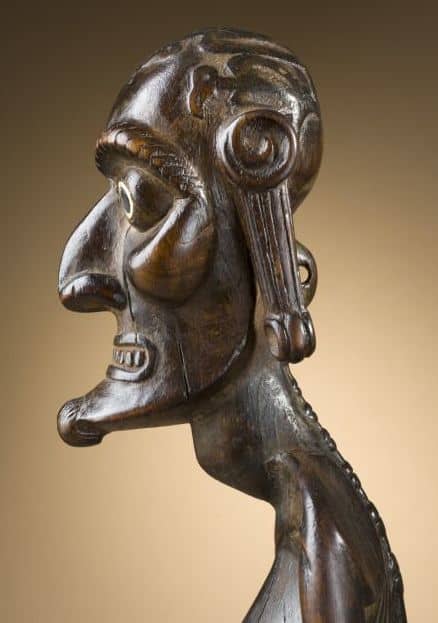
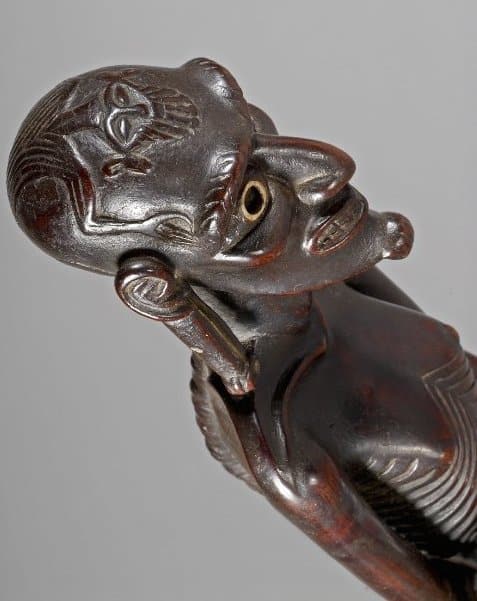
Easter island wooden Sculpture General
Easter Islanders carved small wooden figures to honor their dead. They constructed wooden idols that were visual manifestations of the spirits of the deceased. Wood was the material favored by local artisans. The favored wood was from the indigenous Sophora toromiro tree.
Wooden figures are moai (sculptures) toromiro. Moai were normally wrapped in tapa cloth and stored in the rafters of houses. On ceremonial occasions, they came out and worn around the neck of the owner or a dancer.
Some small Easter island sculpture was made from driftwood. The sculptures have oversized heads. What appears to be hair on the top of their heads is actually a low-relief carving. This carving depicts fishlike creatures with human heads.
For every original old Easter Island sculpture, there is a dozen more recent made for sale examples. Many of these later examples come from Chile after Easter Islanders migrated. Some of these early tourist pieces still have value and are collectible.
Easter Island wooden Sculpture Types

Moai Kavakava Emancipated male Figures
Moai kavakava, which means “image with ribs,” is the most common of the wood sculptures from Rapa Nui. These gaunt male figures, with their protruding bones and skull-like heads, probably represent the spirits of the dead.
Their precise function is unknown. It is likely that they used to be worn around the neck during certain festivals. The extended earlobes, typical of this type of sculpture have cylindrical ear ornaments. Ear ornaments made of shark vertebra used to be once worn by the island’s inhabitants.
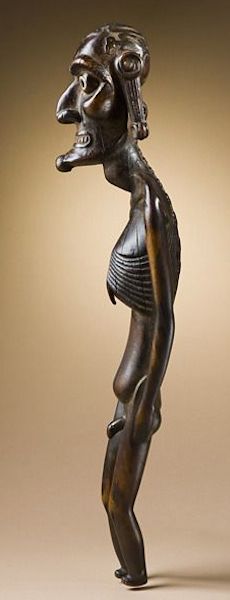

Moai Tangata Full bodied Male Figures
Of all Rapa Nui wood sculptures, the naturalistic male figures are most like the island’s well-known stone figures. Known as moai tangata, they have enlarged heads, a frontal stance, and prominent stomachs. There is little knowledge about the nature and use of moai tangata. They likely portray ancestors or other powerful supernatural beings. Most examples have a hole drilled through the neck. This allowed them to act as a pendant during harvest festivals and other ceremonies. The figure’s hair consists of clan-based motifs. Some have distinctive fish-men, virtually identical to examples that appear in Rapa Nui rock art. These fish men possibly represent spirits called nuihi, which combine the features of humans and sharks.

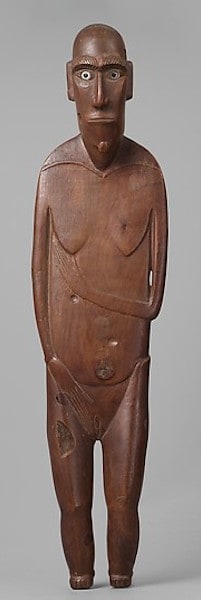
Moai papa Flat Female Figures
The dramatically flattened bodies of Rapa Nui female figures (moai papa) contrast with their fully modeled heads. The word papa in the Rapa Nui language literally denotes a flat horizontal surface of a volcanic rock. Papa may also indirectly refer to the female personification of the earth. Although indisputably female, moai papa also displays masculine features. These features including goatee beards and, typically, bald heads. The incorporation of male elements into the female figures may show they were equals of their male counterparts.

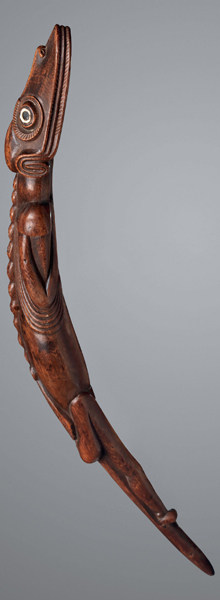
The distinctive lizardman figures (moko) of Rapa Nui are composite beings. They have the heads and tails of lizards, the fan-like tails of birds, and the bodies of humans. Reportedly placed at the thresholds of dwellings or ceremonial structures. These figures may depict powerful spirits, who served as supernatural guardians. Small lizardman images were also worn as pendants by dancers during feasts. The hole in the back of this work once accommodated the cordage used to suspend it within a dwelling or around a performer’s neck.
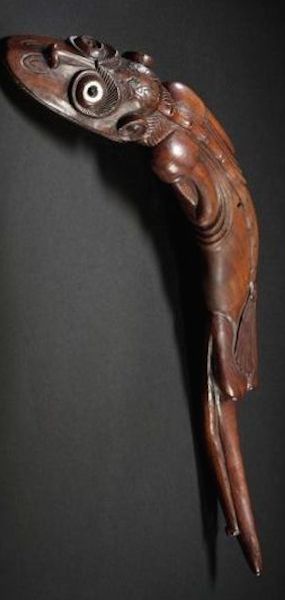
Gorget (Rei Miro)
Elegant symbols of chiefly authority, the crescent-shaped gorgets known as rei miro. They were the property of chiefly women. Worn around the neck on important occasions, they signified the wearer’s noble birth.
The gorgets also formed part of the ceremonial attire of the island’s paramount male chief (ariki mau). His regalia reportedly included six rei miro, two worn on the chest and two hanging from each shoulder. Rei miro typically consist, of a flat wooden crescent adorned at each end by an anthropomorphic head depicted in profile. The central portion has a shallow intaglio crescent, whose form echoes the curve of the ornament.
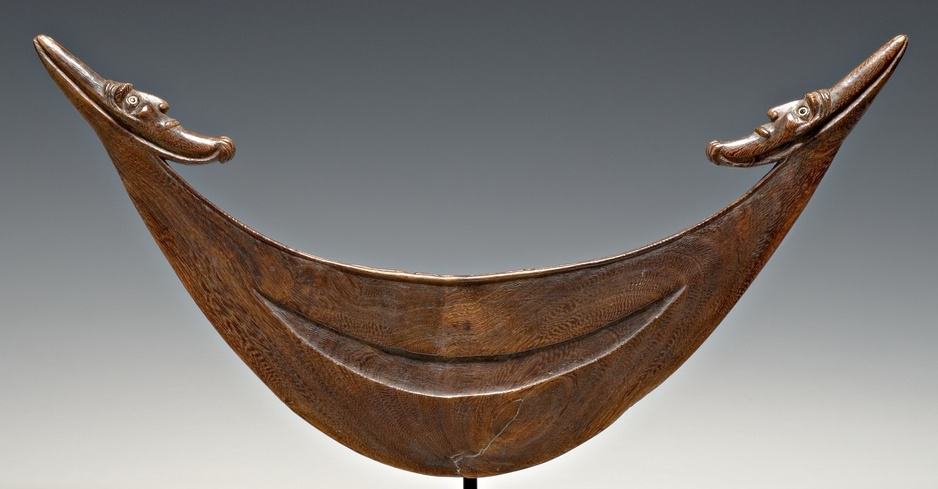
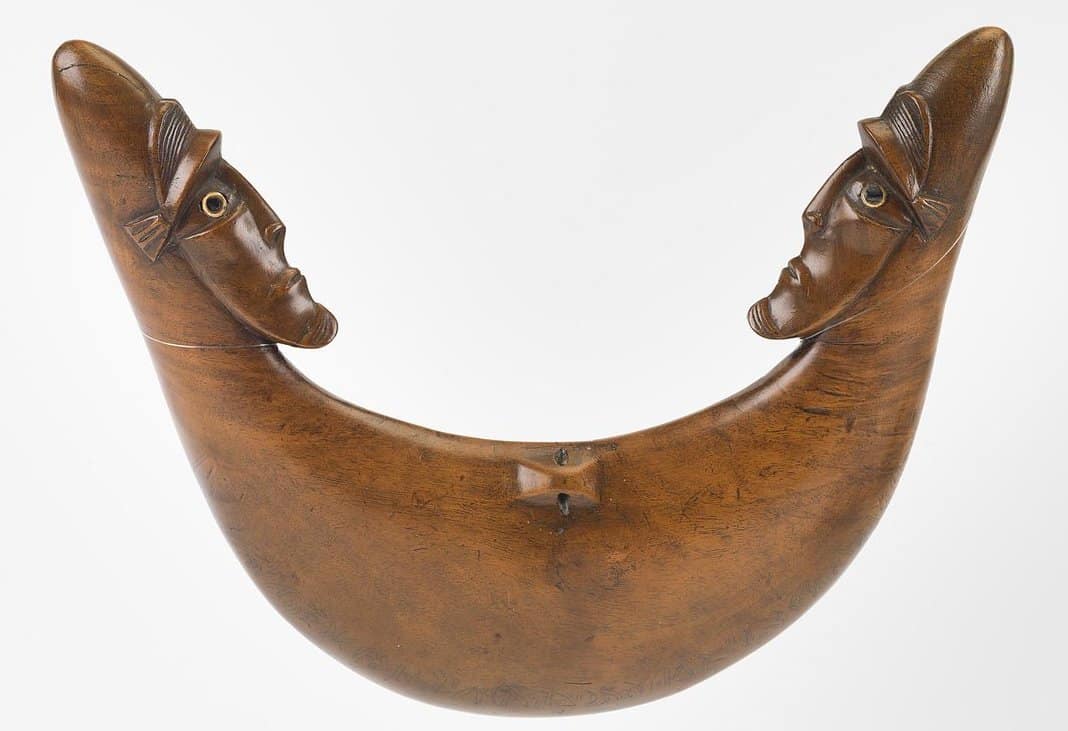
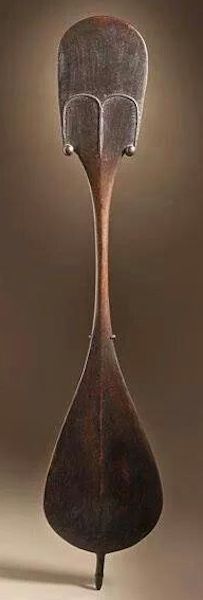

Easter Island Paddle Rapa
An Easter Island Paddle Rapa is not just a paddle but an abstract representation of the Human form. It is for this reason that an Easter Island paddle is an extremely collectable Polynesian Art form. It is by far the most expensive paddle in oceanic art.
One of the blades is in the form of a very abstract human head. The head only has eyebrows, long narrow nose, and earlobes with earplugs indicated in relief carving. The narrow central handle represents an elongated neck. The other blade with an abdomen terminating in a penis with well-formed glans. There is no indication whatsoever of either arms or legs.
Easter Island Wooden Sculpture
There are many other even rarer forms of sculpture. For example, Moai aringa is a double-headed sculpture. It may be a depiction of the legendary twin-faced Easter Island warrior, Rav-hiva-aringa-erua. The two heads are indicative of the all-knowing, all-seeing power of omnipotent spirits. It can look backward and forward, surveying both the visible and invisible realms.
Many carvings have double and ambiguous sexuality expresses the duality that is a sign of the supernatural.
if you have enjoyed this article you may also like my articles on Aboriginal Weapons. Tribal masks or Tiki Sculpture
All images in this article are for educational purposes only.
This site may contain copyrighted material the use of which was not specified by the copyright owner.
